Modern eCommerce enterprises require tools to help them bloom. However, the plethora of choices can…
Digital eCommerce advertising gives a significant opportunity for brands to reach their consumers, and all the credit for transforming this approach into a proven part of the eCommerce inbound marketing playbook goes to platforms like Google Ads, Facebook, and Snapchat.
Based on the study conducted by the Pew Research Center, 69% of Americans are using Facebook, out of which, 74% log-in several times a day, catching sight of more than just posts from friends and family.
A recent survey stated that 78% of American consumers discovered products on Facebook. It’s an undeniable fact that Facebook users have an enormous impact on the profitability of eCommerce.
Why Facebook eCommerce Ads is a Must for You?
Meg Whitman, the President and the CEO of Hewlett-Packard, says that “Communication is at the heart of eCommerce and community.” Likewise, communication is at the heart of Facebook. Facebook’s empire is formulated on building personalized user experiences that improve communication, along with letting the users browse, discover, and be inspired.
Facebook also facilitates businesses of any size to tap into these practices. The intuitive platform streamlines to create ads that reach users at any time in their buying journeys. Various formats of ad help distribute distinct types of content, targeting options ensuring that you are reaching exactly anybody, anywhere at any time you want.
Facebook achieves this by breaking out the journey of a buyer into three stages/objectives:
- Awareness
- Acquisition
- Sale/conversion
Even though there is no hard-and-fast rule stating that you are allowed to use specific ad formats only for various eCommerce goals, some ad layouts do accommodate themselves to some phases in the journey of the buyer. So, here are some of our most preferred ad formats for eCommerce marketing and the steps in which they are most suitable to use.
- Carousel Ads
- Lead Generation Ads
- Dynamic Product Ads,
Awareness
In the initial phase of a customer’s journey, they identify a query or desire they have and begin to think of various solutions. So, your brand must create a top-of-mind experience for your products, services, and solutions.
The level of awareness establishes the ranking of a brand in the minds of customers and also determines how much consideration they will provide in other phases of the journey. Reach and exposure, are the two main benchmarks for this phase, and carousel ads are the best way of achieving this goal.
Carousel Ads
Carousel Facebook advertisements are an interactive format that exhibits up to 10 photographs or videos within a single ad, including descriptive headlines, customizable links, and CTAs. It is a user-friendly format that enables the customers to effortlessly browse and explore the various products, services, and solutions a brand renders.
By doing all this, you ensure better awareness for your customers about your products and attract them down the purchasing funnel quicker than an average web user.
You can increase awareness with this format by:
- Highlighting multiple products that link to distinct landing pages
- Featuring different specialties or uses of a single product
- Demonstrating how a process works in a step-by-step manner
- Telling a story with gripping pictures and/or video
- Creating larger ads that build an immersive ad experience
Messenger Ads
Facebook Messenger Ads serve businesses by sending highly targeted promotions straight to the inbox of a customer. Just like other formats of Facebook Ad, Messenger Ads are compatible with retargeting, enabling brands to target users who engaged with them previously. As messaging apps are gaining steam continuously, this ad format has become very relevant.
Case Study
Lands End employed carousel ads to draw the attention of the shoppers to the summer campaign and observed a 31% rise in website visits. To the amazement of Giovanna Dimperios, the Social Media/Digital Marketing Manager, the carousel ads also provided Lands Ends to recognize which photographs people were most interested in. They witnessed a lift in their ads even from people who hadn’t shopped at Lands End before.
Best Practices
Take advantage of all the available components to create your carousel ad. Videos and images are great but, make sure to keep the descriptions informing customers, headlines that catch attention, and the call-to-action that lets shoppers know exactly what you want them to do.
Ensure the text in your pictures satisfies the guidelines of Facebook. As it is very particular about the amount of text that can be put in an image ad because the excessive text in an image reduces ad engagement. Use the Image Text Check tool of Facebook to find out whether the text in your ad image is adequate or not.
Begin with displaying your best-performing videos or images first. You can test many pieces of creativity at once with the carousel format. After examining, you can fix them based on performance.
Acquisition
Following building awareness, it’s time to get extra-new customers. There is a direct relationship between customer acquisition and sales, which makes it an essential part of the buyer’s journey, just like the others.
At this phase, possible customers are researching and considering putting up inquiries and learning what solutions serve them the best. It’s critical that your brand sparks their interest and also has the necessary content to be viewed as a thought leader in their field of interest.
Lead Generation (Lead Gen) Ads:
Facebook’s lead gen ads streamlined the lead generation process enabling users to fill out and submit applications without having to abandon the page or leave the platform. Brands can utilize lead gen ads to pick up names, locations, and email addresses.
Questions can be customized to crack customer motivations, preferences, pain points, and other various things to help qualify leads. Integrating FB’s lead gen ads with your CRM provides leads to respond quickly. Drive your aspirations from the head of the funnel-like brand awareness and reach-for customer acquisition by boosting your lead gen ads for customers.
Case Study
In 2019, a client of real-estate created online leads to forward to their real estate agents. They started using Facebook lead gen ads, to collect names, emails, and phone digits of interested prospects in the local area.
They generated 370 local leads at an average expense of $6.77, over the following 3 months. In addition to contact information, they also gathered moving dates and other relevant information that enabled the real estate agents to make calls to the individual prospect.
Best Practices
You can combine Lead gen forms with other ad formats if the objective of the ad is set to generate lead. Most beneficial practices for those ad formats will stay the same, but there are some best practices you should consider while creating your form.
- Employ compelling content for headings and descriptions
- Give an incentive
- Be open and transparent about your offer
- Keep the form simple and basic with 3 to 4 fields
- Use the ‘Thank You’ page
Sale/Conversion
By this point, consumers are done with their research, have explored all solutions, asked queries, and are ready to reach a decision. Now it’s the point to convert that purchase plan into action. Keeping it simple and to the point is the best approach to follow in this phase. You can also employ dynamic product ads, to make it easy for consumers to carry out a trade with you.
Dynamic Product Ads
The dynamic product ads of Facebook is similar to its other ads. However, rather than creating an ad individually for each of your goods or products, you can design an ad template that automatically utilizes your data feed to display ads to people who have previously shown interest in your website.
Facebook uses data from your website, fuses it with the catalog of your products, and creates exclusive-single or multi-product ads formed on the products that people viewed on your site and added to their shopping cart or purchased.
Case Study
Target utilized dynamic ads for its large product catalog. They engaged the consumers with highly relevant creative Target campaigns, recording a 20% rise in conversion as compared to other Facebook ads.
Senior Vice-President of Target, Kristi Argyialn, also observed that the performance has been remarkably stable with people buying on their mobile devices showing two times the conversion rate.
You can customize your ad by:
- Applying text overlays
- Customizing frames
- Cross-selling goods to the individuals who viewed products from your product collection
Wrap-up
Facebook has established itself up to be a star in the eCommerce space and will resume providing opportunities to businesses of all shape and size to compete with global brands through achievable and affordable solutions. We believe you will make use of these tips for Facebook eCommerce ads to catapult revenue.
Continue testing these ads to discover what serves the best for your brand, and take benefit of the various customization and personalization tools accessible for each ad format to develop more robust relationships with your customers.

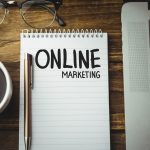
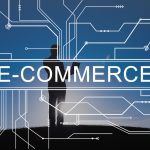


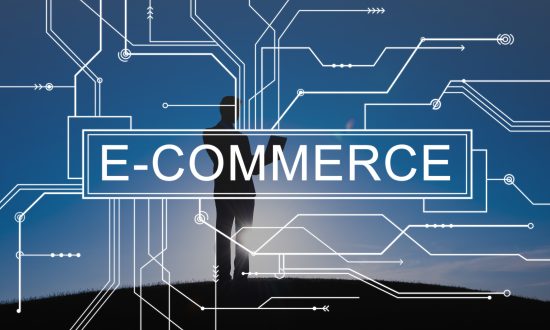

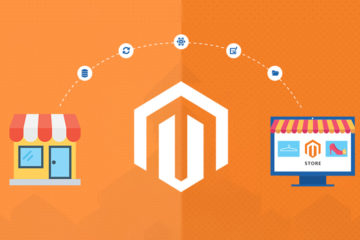
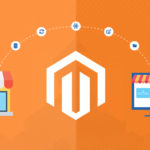





Leave a Reply